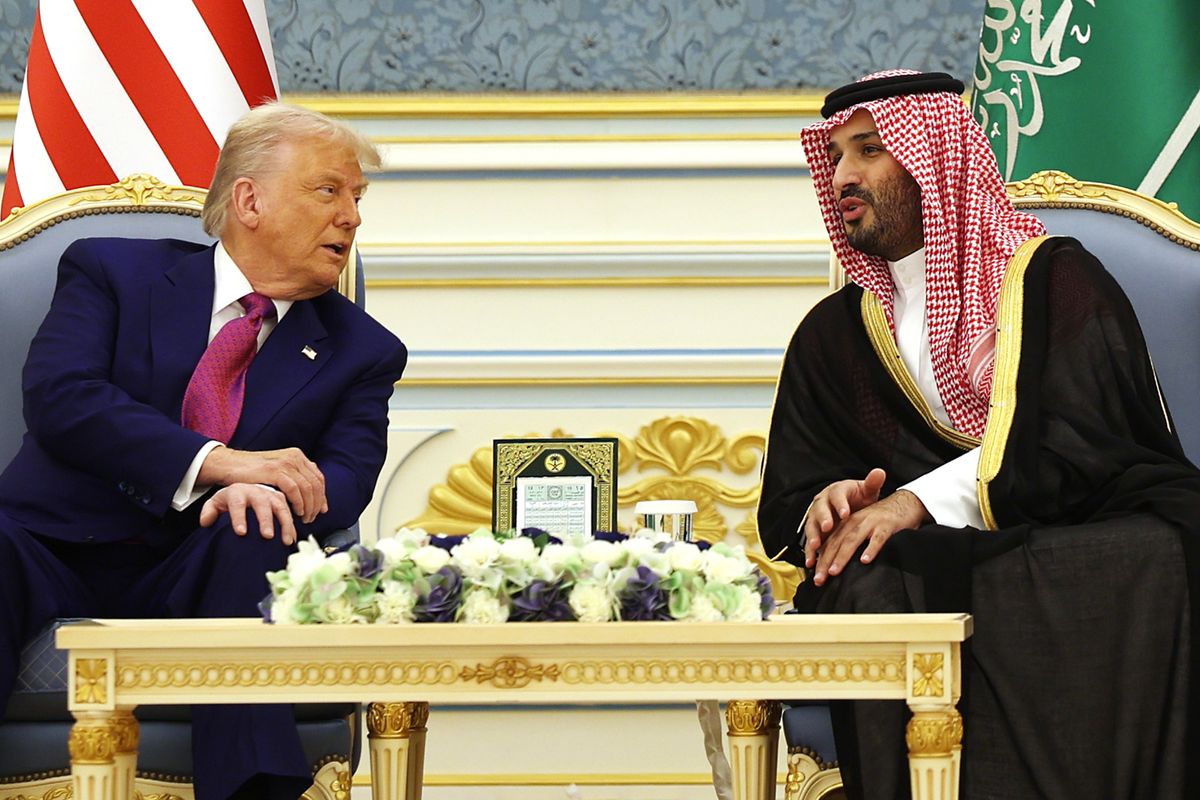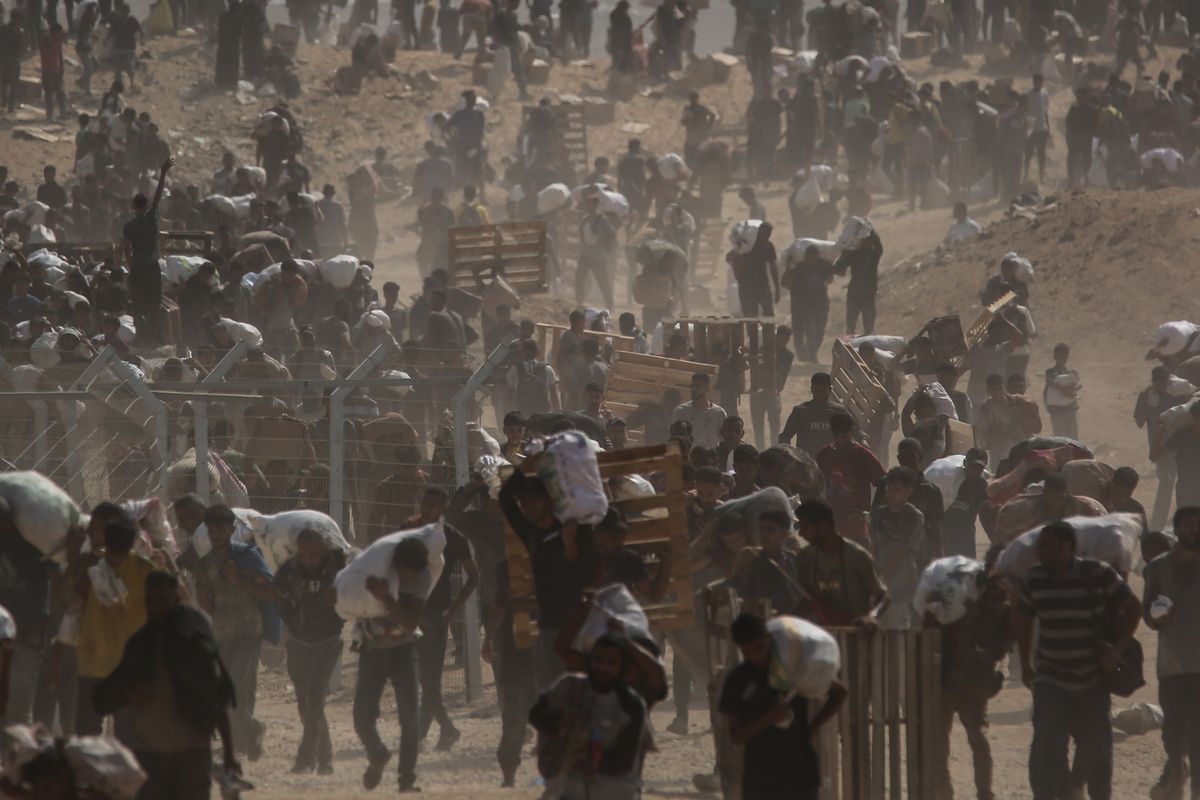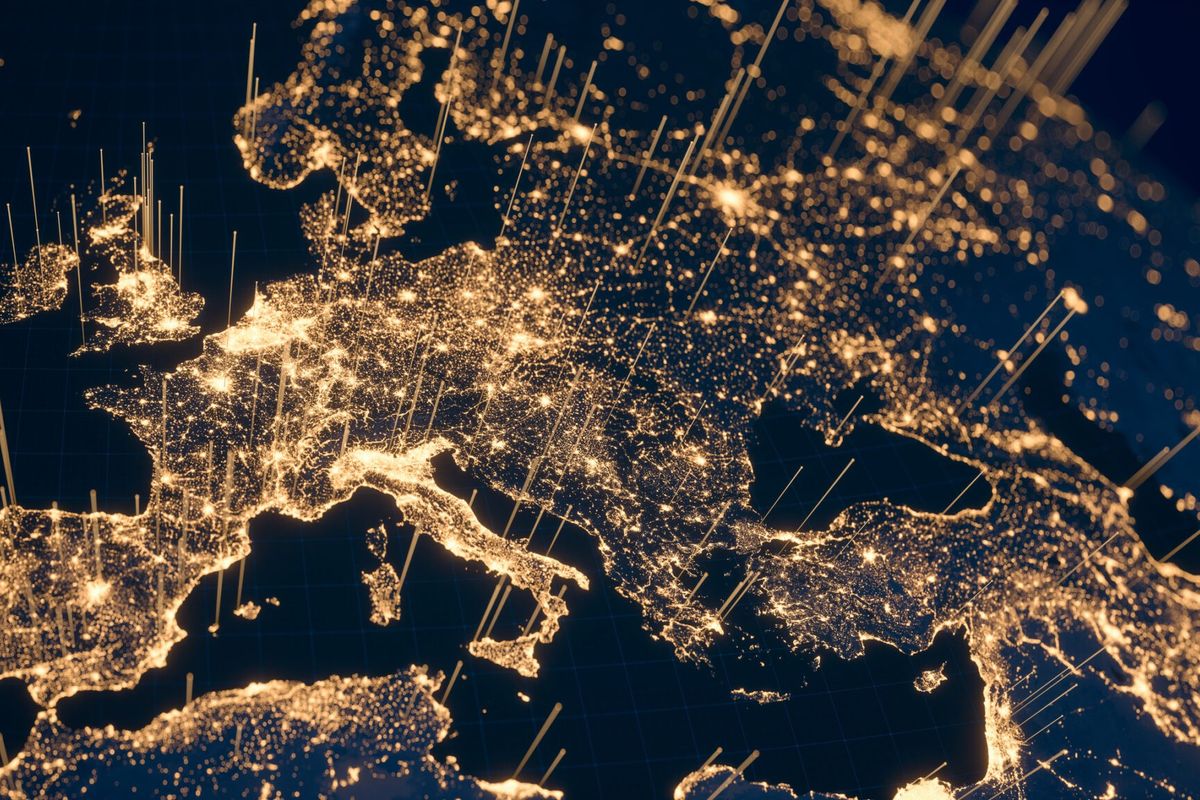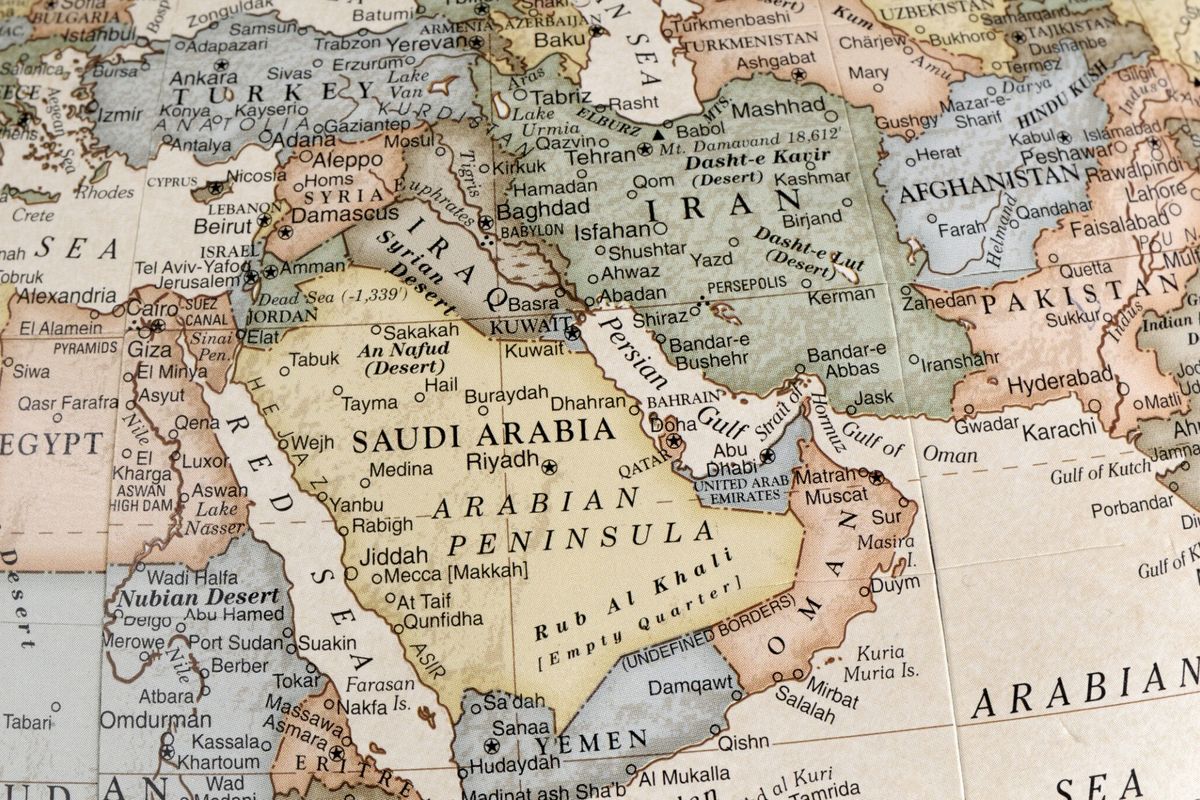Saudi Arabia is showing a bolder side. The Kingdom has taken a new direction, undergoing changes in dynastic succession, foreign policy, and economic strategy.
1. The recent changes in Saudi royal succession are unprecedented. For the first time, the crown will transfer to the third generation of the al-Saud family.
In April, Saudi King Salman bin Abdulaziz al-Saud reshuffled the monarchy’s order of power, naming his nephew and Saudi’s current Minister of the Interior, Mohammed bin Nayef, as Crown Prince in place of his own half-brother. Nayef, a survivor of a 2009 al-Qaeda assassination attempt, is popular for his strong stance against jihadist militants that threaten domestic stability.
King Salman also named his son, Mohammed bin Salman, as Deputy Crown Prince. Considered a rising star in the Saudi government, Mohammed bin Salman was appointed Saudi Arabia’s Minister of Defense in January and has been a critical player in Saudi Arabia’s shifting foreign policy approach.
2. Saudi Arabia is now aggressively combating regional security threats. Since King Salman ascended to the throne, Saudi Arabia has led air raids on Houthi rebel positions in Yemen, shored up its borders with high-tech chain link razor wire fences and contributed to the coalition air campaign against ISIS. Saudi’s campaign in Yemen is the Kingdom’s second major offensive since the Gulf War, both undertaken against Houthi rebels.
In the wake of the Iran nuclear agreement, the Saudi government reached deals with the U.S. to purchase 600 Patriot missiles for an estimated $5.4 billion as well as 10 MH-60R Seahawk helicopters for $1.9 billion, further enhancing the country’s defensive capabilities. This new strategy may stem from Saudi Arabia’s waning faith in America’s commitment or ability to maintain stability in the Middle East.
3. The Saudi government is vigorously attempting to diversify the country’s economy away from its dependence on oil. While Saudi Arabia churned out a record 10.56 million barrels of oil per day this June, output is expected to slow at the end of the summer. This is due to falling global oil prices and the impending influx of Iranian oil into the international market.
Saudi leadership has realized it needs to reduce the country’s dependency on oil and invest in alternative business sectors. The government publicized plans to construct a $100 billion city the size of Washington, DC on its western coast. Saudi leaders envision the city, known as the King Abdullah Economic City, as a major trading port between Europe, the Middle East and East Asia. Additionally, in the past few months, Saudi Arabia invested $10 billion in Russia’s agricultural, medical, retail, and real estate sectors, and struck a total of $12 billion in various deals with France that include the acquisition of 50 new airbus passenger aircrafts and the potential construction of two new nuclear reactors in Saudi Arabia.
Perhaps most notably, Saudi Arabia has opened up its $580 billion stock market to foreign investors that possess a minimum of roughly $5 billion in assets and that have been conducting business for at least 5 years.
Bennett Seftel is an analyst at The Cipher Brief.












